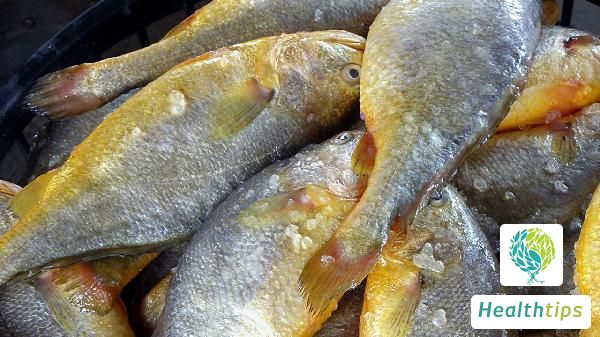What is the Condition of Dry Pathogen Invading the Lung?
Dryness-Evil Invading the Lung Syndrome refers to the evidence of dryness-evil invading, the lung losing its clear and moist nature, the defensive qi of the lung failing to disperse, symptoms including dry cough without phlegm, scanty and sticky phlegm, and dryness of the mouth and nose.

I. Manifestations of Syndrome: Dry cough without phlegm, or scanty and sticky phlegm that is difficult to expectorate, even with chest pain, blood-streaked sputum or hemoptysis, dry mouth, lips, tongue, nose, and throat, or nasal bleeding, fever with aversion to cold, little or no sweat, dry and thin tongue coating, and floating or tight pulse.
II. Analysis of Syndrome:
1. Overall Etiology: It is mostly caused by exposure to dryness in autumn or dry environments, with exogenous dryness-evil invading the lung's defensive qi.
2. Specific Causes of Syndrome: Dryness-evil attacks the lung, causing the lung qi to fail to disperse, leading to cough; the lung qi fails to disperse, and body fluids are not distributed, resulting in scanty or absent phlegm; dryness leads to injury of body fluids and loss of moisture, manifesting as dry lips, tongue, nose, and throat, and little or no sweat; when the evil invades the defensive qi, the defensive qi is suppressed, leading to fever and aversion to cold; dryness syndromes can be classified into warm-dryness, cool-dryness, warm-dryness in early autumn, and residual heat from summer, causing mild aversion to cold and fever with a floating and rapid pulse; cool-dryness in late autumn, approaching winter cold, manifests with mild aversion to cold and fever, and a floating and tight pulse.



















